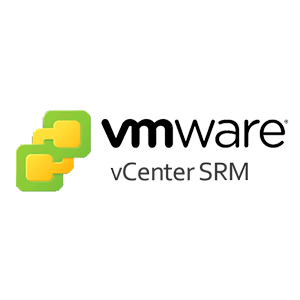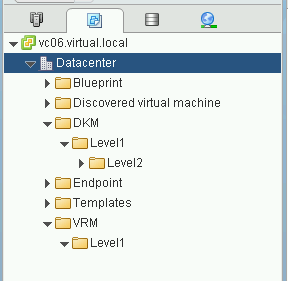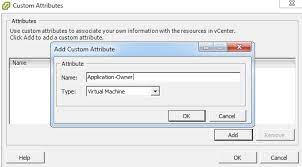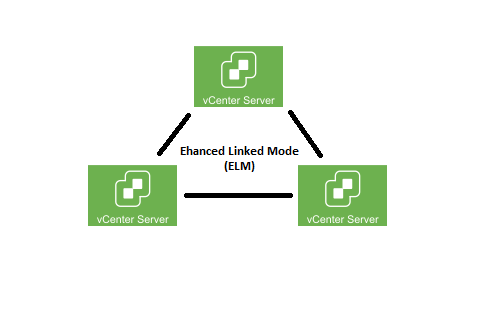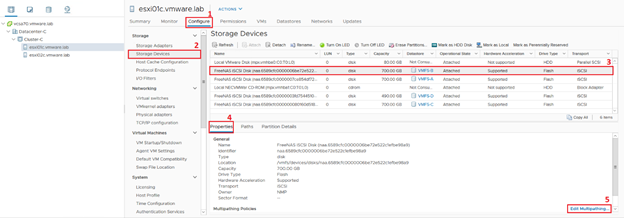Why Virtualization

Virtualization technology is now an established standard for most enterprises. When I started in the field of IT in the late 90s, there was no such thing. When someone mentioned virtualized servers to me, I was skeptical of how great…

